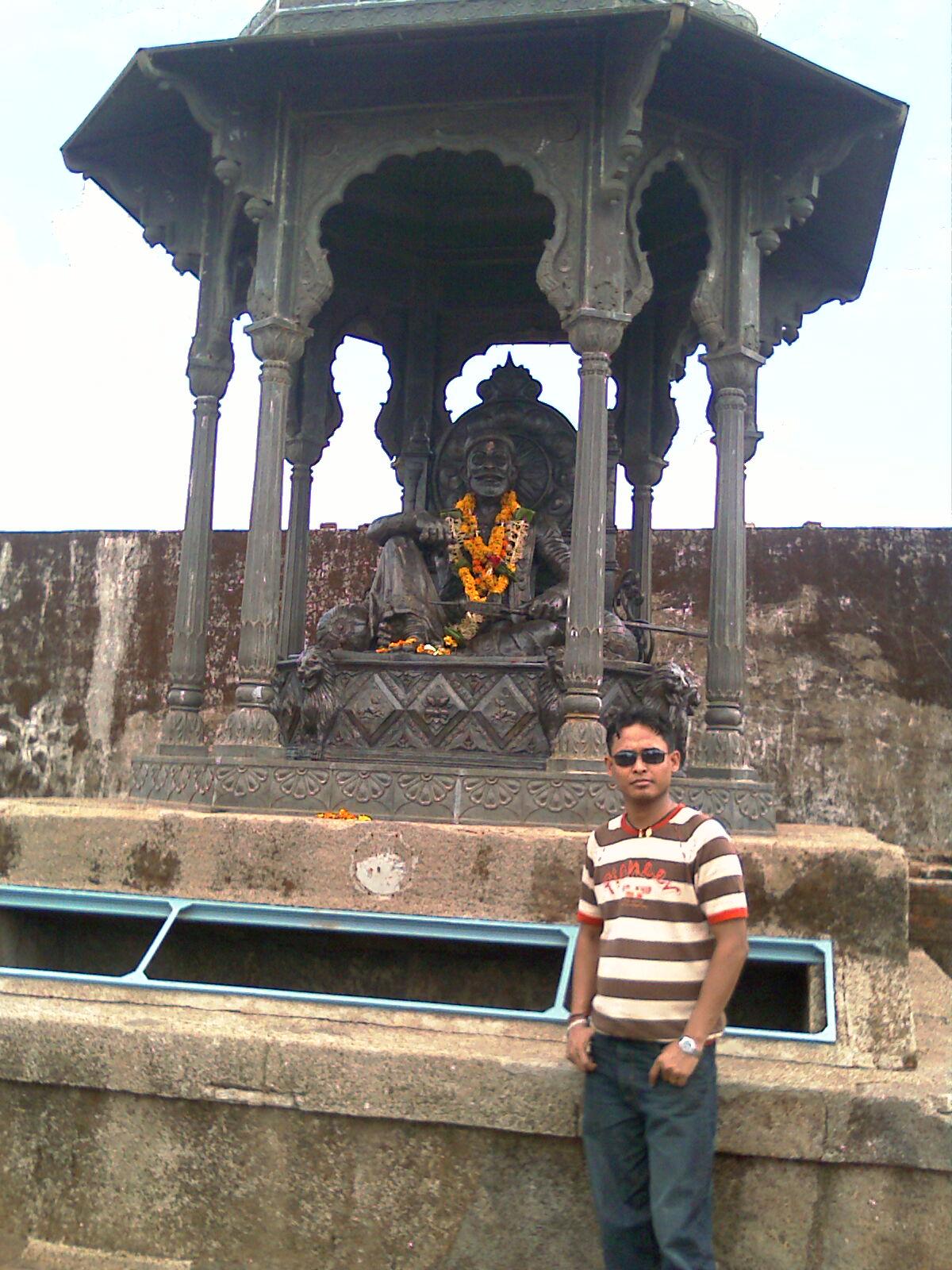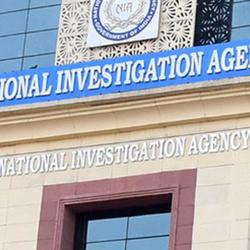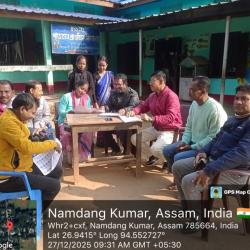It was a very boiling afternoon on Saturday 20th June 2009, the day to visit a very famous historical place about 200 km away from Pune. A very energized mind reached the point where I have to get picked by the hired SUV (sumo) but to abortive the vehicle came almost 1 hr left, after doing a night shift without sleep waiting for a hour is something very depressing part to digest. At around 2:15 pm the vehicle reached, after having two more picks we left Pune at around 3:15 pm.
The journey begin, we (Prasad, Neelima, Roopali, her Husband and her two kids and me “Pranjal Saikia”) were on the way through Tamini Ghat, a beautiful picturesque place, rain was on its way to the nature earth with all its glory and shine, roads were wet, round around the hill we were on the way to our destination.
I relished my empty stomach by the tasty Chapati and groundnut-chatni bought by one of our companion for the trip.
To my surprise I came to know we were on our way to Diveagar to halt for the night, it was really an thrilling thing to happen as this is one of my favourite beach on Kokan Belt. Gentle winds, soft sands and inviting waters make Diveagar Bay irresistible to beach lovers. And if one relishes seafood , there is no dearth of delicacies to sample here.
We reached there at around 7.15 pm, hired a resort to stay, freshen up and went for the food, Kokan is famous for its sea foods, we had delicious dinner having Pomplet fry and Surmai both are delicacies of sea, after having a heart-full and lavish dinner we went to wards our resort, it was already 11 pm and also 30 hours of wake, so obviously I had a great sleep.
Next day morning at around 5.45 am we went to the beach, fresh morning air blowing our mind and core of heart with a beautiful aroma of nature, far from the madding crowd and concrete jungle, it was a enormous thing to happen and rare to see, as I am from beautiful nature rich Assam loves to have a beautiful environment like this, coconut trees, beetle-nut trees, wow… its really amazing.
We were at the beach for around 1 hour enjoying the cool breeze and moisting ourselves with salty cold sea water. We freshen up and went to Ganesh mandir (This pure gold Ganpati idol, belongs to the Peshwe era. It was hidden in a box and buried sometime during that period, probably to protect the idol and its precious ornaments from falling into the hands of the invaders. The box, with its precious contents lay hidden in a supari field till it was found in November 1997).
After having breakfast we were now towards the Destination Raigad. Reached there at 10.45 am, we were going to experience a different mode of transportation to reach the hill fortress, which rises 820 meters (2,700 ft) above sea level, located in the Sahyadri mountain range. There are approximately 1400–1450 steps leading to the fort. We reached on top by Ropeway, it was an exciting journey of 10 minutes, hanging with a rope going towards our destination, with lots of curiousness.
Raigad Fortress, capital of the Marathas under Chhatrapati Shivaji Maharaja. The fort was looted and destroyed by the British upon siege. Though we can witness great architecture of its time. The fort's ruins today consist of the queen's quarters, consisting of six chambers, with each chamber having its own private commode with plumbing. The main palace was constructed using wood, of which only the bases of pillars remain. Ruins of three watch towers can be seen directly in front of the palace grounds overlooking an artificial lake called Ganga Sagar Lake created next to the fort. It also has a view of the execution point called Takmak Tok, a cliff from which the sentenced prisoners were thrown to their death. This areas is now fenced off. The fort also has ruins of the market, and it has such structure that one can shop even while riding or sitting astride a horse.
The king's public Durbar has a replica of the original throne that faces the main doorway called the Nagarkhana Darwaja. This enclosure had been acoustically designed to aid hearing from the doorway to the throne. A secondary entrance, called the Mena Darwaja, was supposedly the private entrance of the royal ladies of the fort; it leads to the queen's quarters. The erstwhile main entrance to the fort is the imposing Maha Darwaja. The convoy of the king and the king himself used the Palkhi Darwaja. To the right of Palkhi Darwaja, is a row of three dark and deep chambers. Historians believe that these were the granaries for the fort.
A statue of Chhatrapati Shivaji is erected in front of the ruins of the main market avenue that eventually leads to the Jagdishwar Mandir and his own Samadhi (tomb) and that of his dog Waghya, who died the very day of maharaja was cremated.
We departed at around 3 p.m, witnessing one of the great history of a person who lived only for his land and people, a man of honour, who never let Mughals to rest in peace as like the Great Bir Lachit Borphukan, commander n chief of Ahom, who fought for pride and honour and never let foreign invaders to capture his motherland, Assam.
By Pranjal Saikia, Pune
- Add new comment
- 15340 reads










Comments
Superb wrote and expressed by
Pages
Add new comment